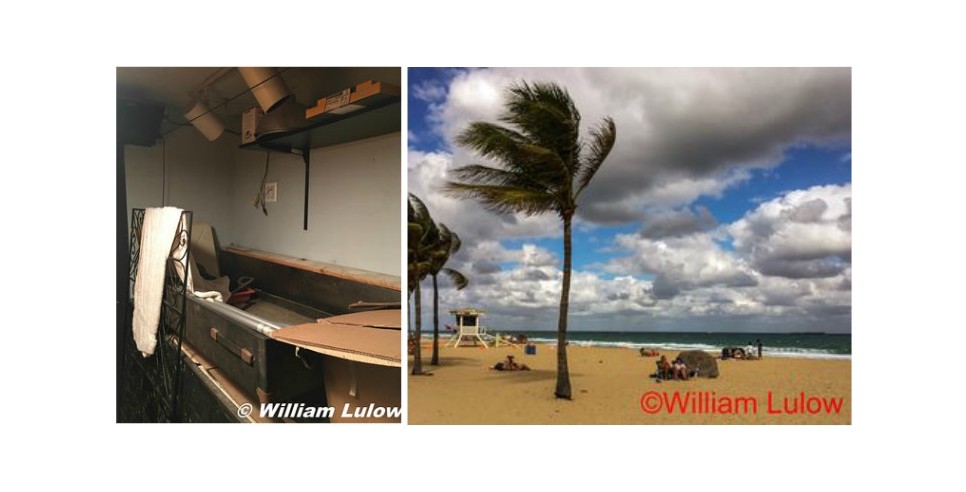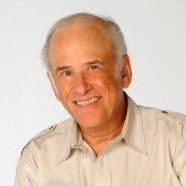
I was thinking the other day about the art of photography. What makes it an art form? Is it just the photographer's vision captured, or does it encompass the whole gamut of the capture process, post-production, retouching, cropping and subsequent output?
I was also thinking about the process of making images using film because I'm about to demolish the darkroom in my studio. As of now, it has become a storage closet!
I had long ago donated most of my film developing and enlarging equipment to the local high school, and the upcoming removal of the darkroom proper, started me thinking about the whole process. It required a lot more work than simply capturing an image on a digital camera or mobile phone. Photographers like me had to think hard about making images because the process included: getting a proper exposure, developing the film or sending it to a lab, making sure that all the chemicals were fresh and, in the case of color film, all at the correct temperatures, making a proof or contact sheet so that the images could actually be seen, choosing a frame to enlarge with an enlarger and print, using several other chemicals, all of which had to be fresh as well. As if all of this wasn't enough, the image or images that you selected for printing had to be dodged or burned in order to bring out maximum detail in the print! This was the only way to view the efforts of one's labors, photographically. It took time and considerable effort.
Many photo enthusiasts these days have no idea what this process was and therefore, in my opinion, don't have the proper respect for what it took to make photographs that we consider "iconic" today! So, now, the process of making images has been reduced to point and click and hope for the best. This has bred a culture of "that's good enough" for the internet. Or, the photographs are not going to be enlarged beyond a thumbnail size, so they don't have to be perfect.
Social media has also turned everyone with a mobile phone into a photographer. Not to mention the fact that each of these "photographers" is now her own editor. People can post whatever kind of image they wish! The era of mediocrity is upon us in full force.
So, how do we elevate the making of images (and here I'm talking about not just the capture phase, but the digital processing and printing as well), to the level of art?
I suspect the answer lies in how seriously you take your image making. If you are content with snapshots and you don't worry too much about their quality, you don't spend a lot of time (or any time for that matter) editing your images and trying to make them as good as you can. If, on the other hand, you are serious about your interest in photography, you will begin to learn about lighting, the digital capture process itself, including exposure technicalities, composition, camera angles, monochrome capture, retouching techniques and digital printing techniques as well.
I have written before that we who have gone whole heartedly into digital photography really need to slow down the capture process and think more about the images we want to make. There are photographers who have indeed elevated the snapshot to an art form. (e.g. Lee Friedlander or Henri Cartier-Bresson), but if you examine their images carefully, you can't help noticing that their knack for complex composition remains unparalleled to this day. They thought very carefully about nearly every aspect of what they were doing as photographers. They had concepts in their minds that they managed to translate to film and then the printed image. I have also said before, that those who want to show their photographic efforts by showing you hundreds of images captured on a camera, are not real photographers. Taking pictures doesn't make you a photographer, sorry! Studying photography with all its aspects and then learning how to translate your particular vision into a photograph, does!
So, the takeaway from this article should be that even though the capturing of images has been greatly simplified by the digital process, the "art" of photography remains to those who take making "light pictures" seriously. Consider carefully what images you wish to make before you "click off" hundreds that don't really measure up to the standard of an art form.
Also, capturing many images in hopes that at least one will be good, is not part of the art. That is just guesswork and a lot of hope. Better to have the goal for an image in mind BEFORE you shoot. If you're truly careful and deliberate about your approach to image making, one image should suffice! Try it! It just might give you a whole new slant on how to make great images.









